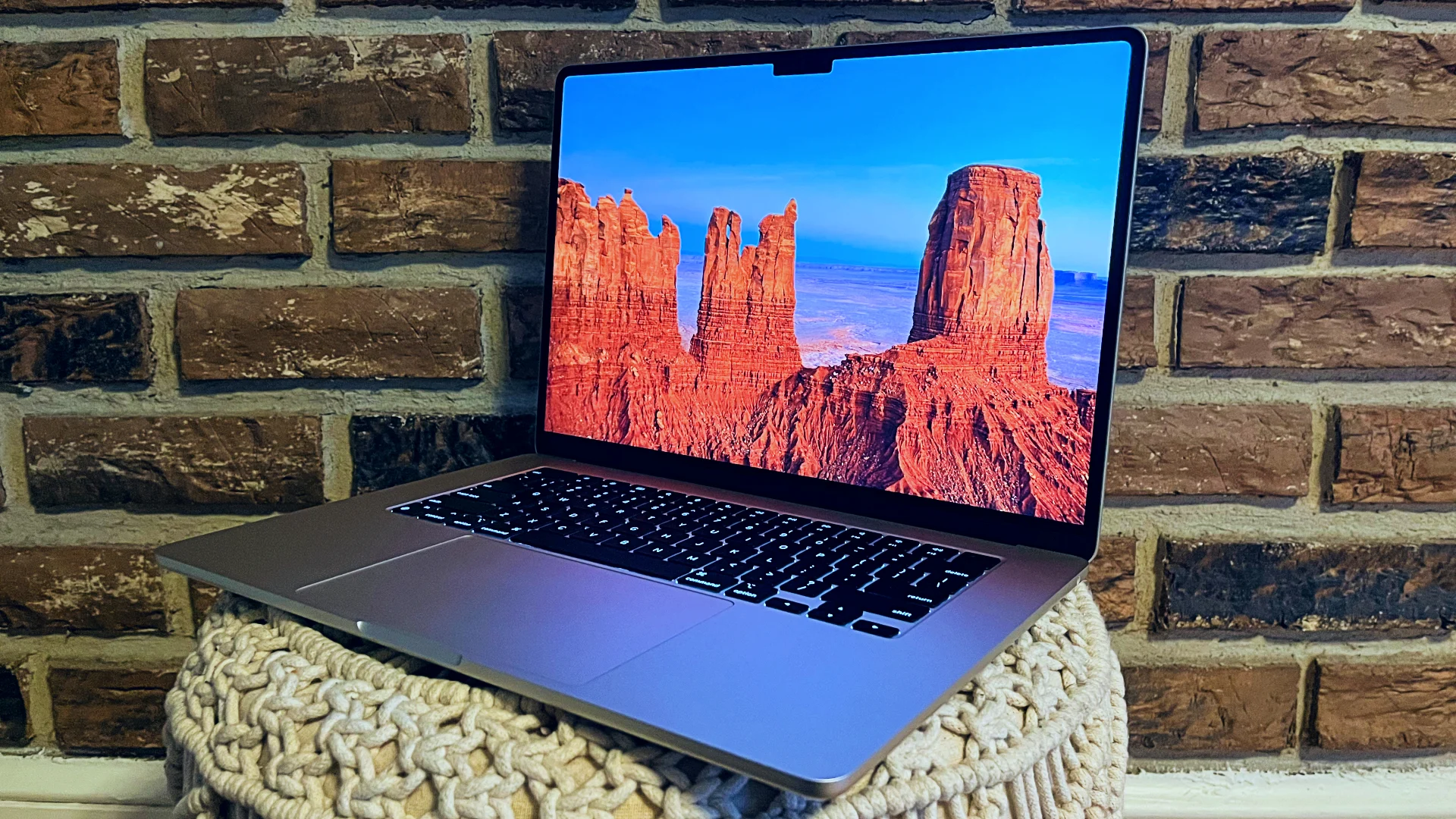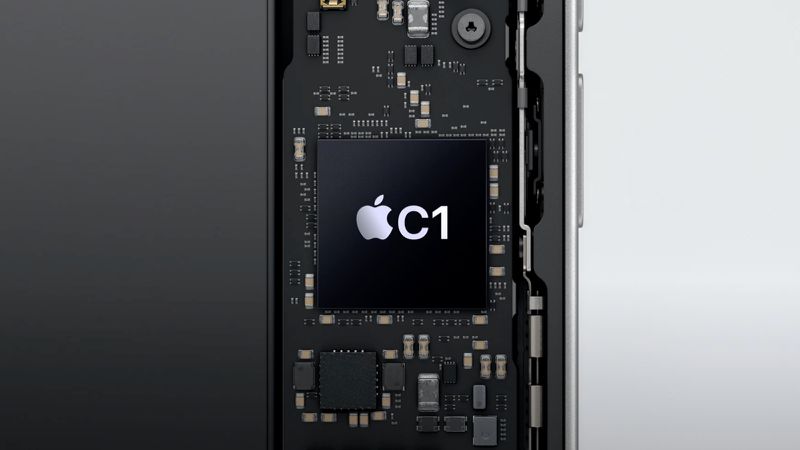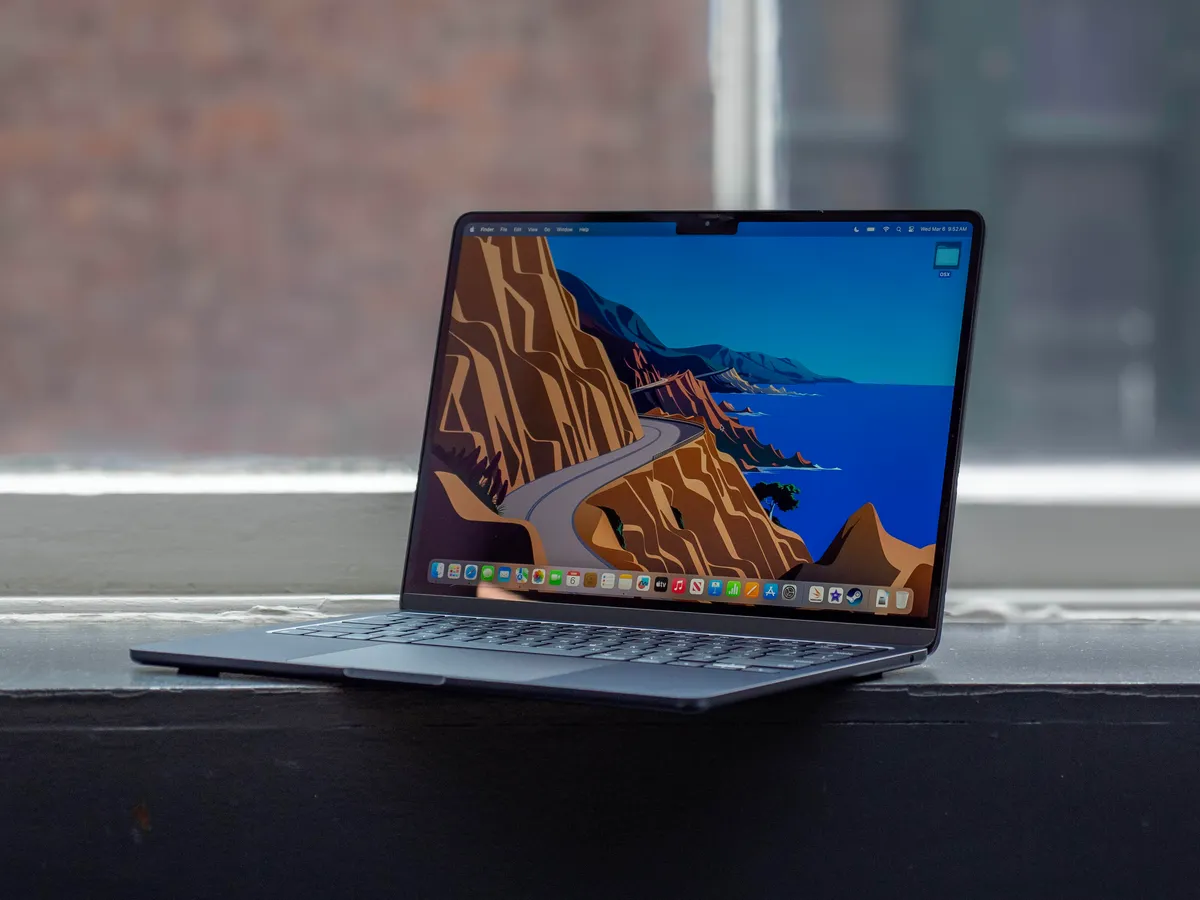Now that the iPhone 16e is out for customers, Apple seems ready to share its next big thing any day now.
MacBook Air Gets a Boost
Bloomberg’s Mark Gurman says Apple might unveil new MacBook Air models with the M4 chip as soon as this week.
“I think the M4 MacBook Air will show up as early as this week,” Gurman posted on X today. “Stock is running low, and Apple’s gearing up for a Mac announcement soon.”
He also mentioned this in his Power On newsletter today.
Look out for the new 13-inch and 15-inch MacBook Airs powered by the M4 chip, which has a 10-core CPU and 10-core GPU. Apple already added M4 chips to the MacBook Pro, iMac, and Mac mini last October, and tests show it’s up to 25% faster than the M3 chip for heavy tasks. Last fall, Apple bumped the base RAM in MacBook Airs from 8GB to 16 GB. The top RAM choice might jump to 32GB this time. Battery life should last longer, too.
Cool Camera and Display Upgrades
Following the MacBook Pro’s lead, the new MacBook Air will likely get a 12-megapixel camera with Center Stage. This keeps you in the frame during video calls, even if you move. It might also include Desk View, showing both your face and your desk from above. These features work in apps like FaceTime and Zoom and were once only on iPads or Macs with a Studio Display.
The new models could have three Thunderbolt 4 ports (up from two Thunderbolt 3 ports) and support two external screens, even with the lid open. A nano-texture display, which cuts glare with a special coating, might come too—though Apple could save that for the MacBook Pro to keep them different. No big look changes are expected. The MacBook Air got a fresh design in 2022.
When and How?
If these MacBook Airs drop this week, expect a press release on Apple’s Newsroom site and maybe a YouTube video. There could be a surprise or two as well!





